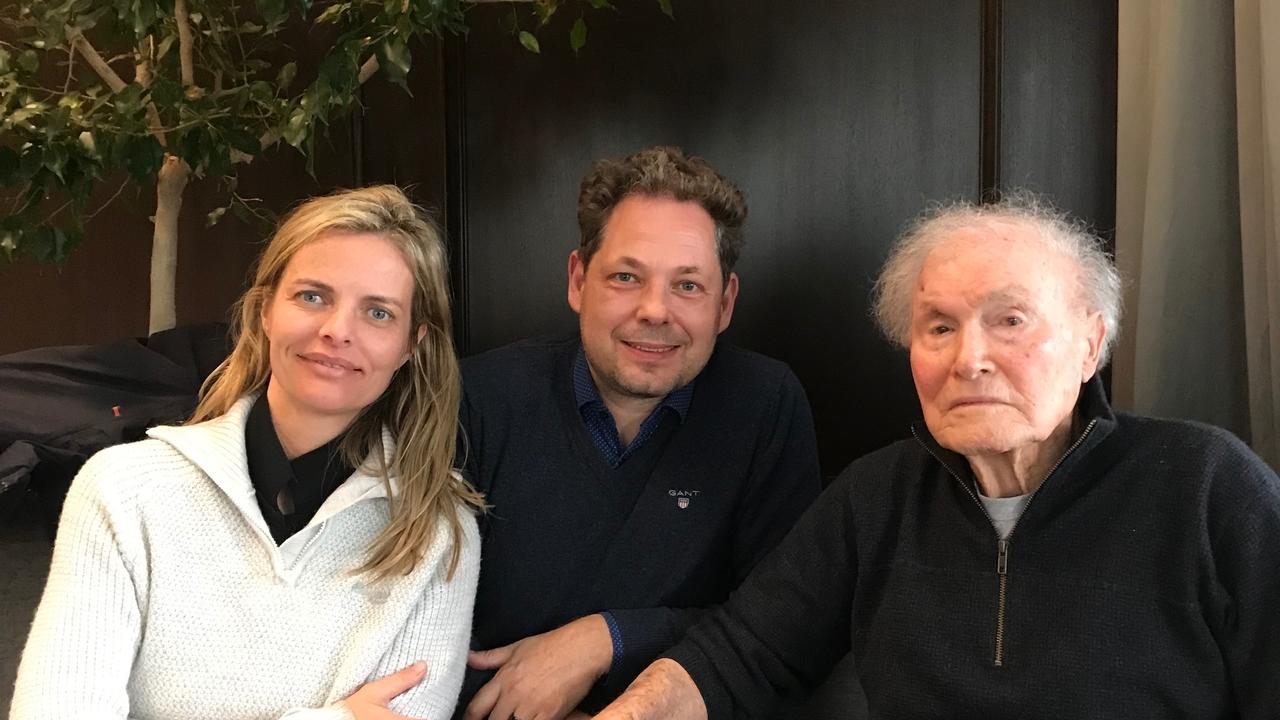Meeting an extraordinary fellow stroke survivor Paul Cummings in Orlando

It was on Facebook where I first came across one of Paul Cummings’s videos. I was so intrigued by what he said that I immediately commented “I HAVE to work with you”, followed by “will you be the spokesperson of our Brain.rehab portal?”
Yes, that was very direct, but for good reason: I’m straightforward to people when I have a special feeling about them, a gut-feeling that commands me to act right away and get out of my polite shell. Something drives me so that I have to act right at that moment, because I might be too shy or embarrassed if I wait and think too long.
People might think I’m too blunt, but without this directness, I think I would lose a lot of opportunities. That’s why I follow my gut feeling at these moments before I regret it.
This is something I learned after my stroke: to cut the BS and take action immediately - life is too short for BS anyway.
Regardless, I had this feeling about Paul Cummings, and let me explain why.
At the time I didn’t know exactly what I wanted ...
Professor Frederick Carrick on Eye Movement Training and Stroke
Professor Frederick Carrick’s* interview about eye movement training and middle cerebral artery stroke (the most common form of stroke)
Having trained under Frederick Carrick and meeting with him many times over the last 25 years did not mean that I was completely at ease with the task at hand: Interviewing the grandmaster of eye movement analysis and applying treatment regimes using the eyes to improve neurological conditions.
Somehow he always surprised me by going to the next level. The moment I thought I had the handle on a complex matter, he just moved up gears and I had to hang in there to be able to understand how to apply the new knowledge that he shared.
I have always had great respect for him, most of all because of the way he gave patients hope (wherever possible) and his unique way of coming up with novel treatment methods. He also was one of the first to diagnose my mother, who had suffered a series of concussions, correctly (something the neurologists in Holland not ev...
Brain.rehab meets Dr. Melillo in New York
Dr. Robert Melillo is one of the most respected specialists in childhood neurological disorders worldwide. His areas of expertise include autism spectrum disorder, PDD/NOS, ADD/ADHD, OCD, dyslexia, Asperger’s syndrome, as well as other behavioral and learning disorders.
Dr. Melillo has been in clinical practice for 25 years and is a best-selling author, his cutting-edge research led to the creation of Brain Balance Achievement Centers. These after-school learning centers use a program that consists of brain training, physical exercises, and dietary advice to help children with developmental and learning disabilities.
Arjan happens to be a long-time friend of Dr. Melillo, as he was once one of Arjan’s professors. I have personally met him once when he taught a course in Barcelona.
Dr. Melillo’s research focuses on brain “imbalances”. In autism, for instance, the brain’s two hemispheres are at an imbalance: put simply, one side of the brain is “weaker” than the other.
By stimulation of the...
Visiting Dr. Kahn in Toronto!

Meeting Dr. Kahn
He looked at us with sharp, intelligent eyes. At 89 years of age, he was still working.
Although I was a bit nervous too meet him, I think I was able to hide it.
I first read about Dr. Kahn in one of Norman Doidge’s books, in which I learned about his pioneering work and leadership in what is called laser therapy.
A vascular surgeon by training, Dr. Kahn is the founder, President and CEO of Meditech International, a company specialized in low-level laser therapy (LLLT).
Besides his executive function, Dr. Kahn continues to conduct intensive research, also relating to traumatic brain injuries (like stroke) and other neurological impediments. When we got to meet him, we asked away and got to learn more about his work.
How does low-level laser therapy work?
Low-intensity laser (or photobiomodulation in technical terms) therapy stimulates healing while using low intensity levels of light. This is in contrast to lasers used in surgery, which are of a much higher intensity.
A...
Three-Years Post Stroke

Why?
It was awesome!
I have found my “ikigai” (that’s a Japanese word which means, “the reason to get up in the morning”).
I have become more aware, centered, happier, appreciative of what life has to offer, and more authentic in my approach to life.
One of the most critical factors in my recovery was making a new friend, a Functional Neurologist named Arjan Kuipers. Within his practice of over 28 years, he has witnessed the ability of some patients to have even MORE recovery than initially predicted. This additional recovery was possible even years after a stroke or TBI (Traumatic Brain Injury). We have hit it off very well and become friends.
If you remember the message that I posted for the Two Years Post-Stroke Anniversary, I mentioned that I was “struggling with my spasticity in my arm.”
Arjan designed some exercises for me as a ‘test run’ – and within ten months of doing those exercises every day, my spasticity was r
